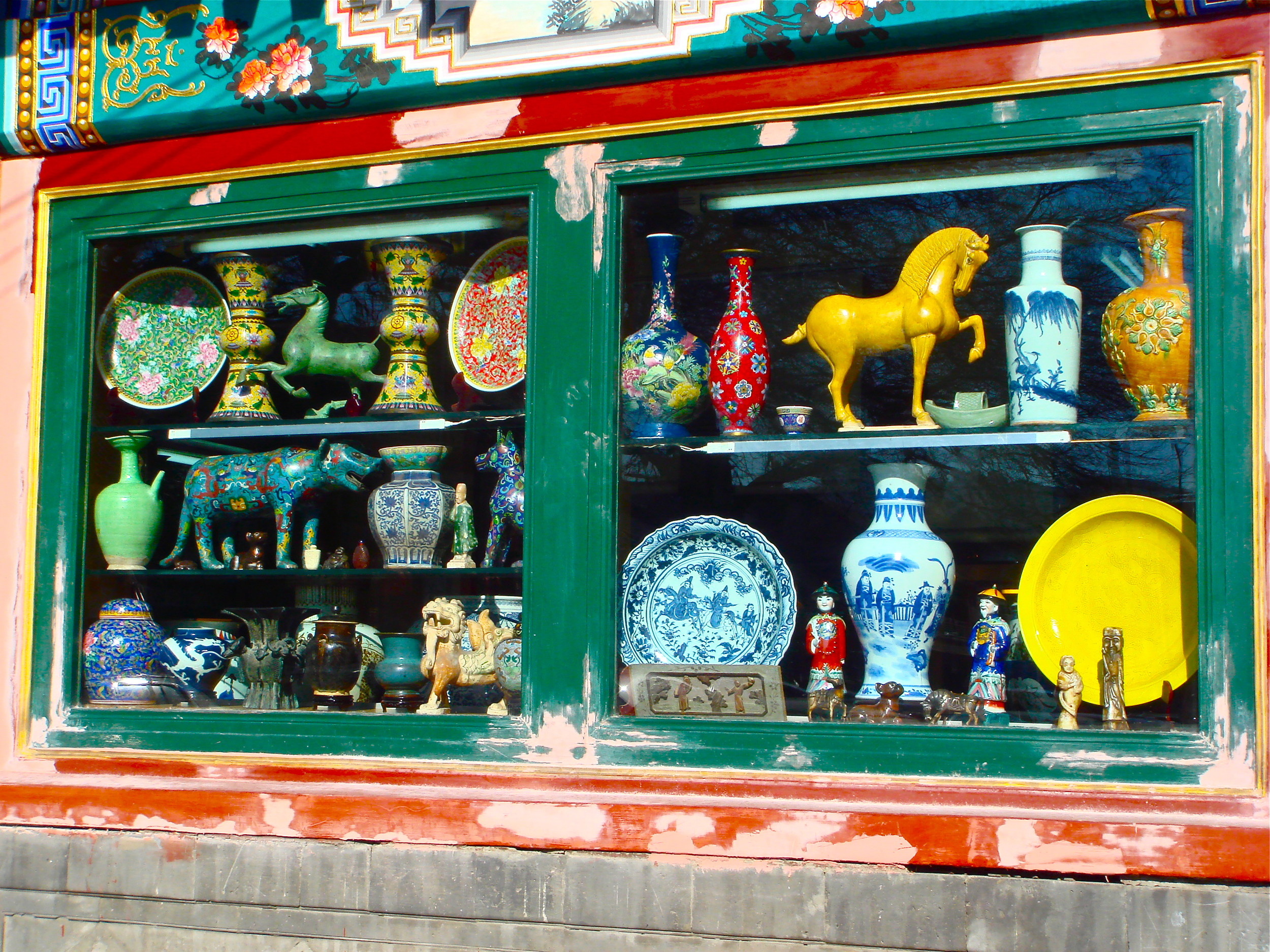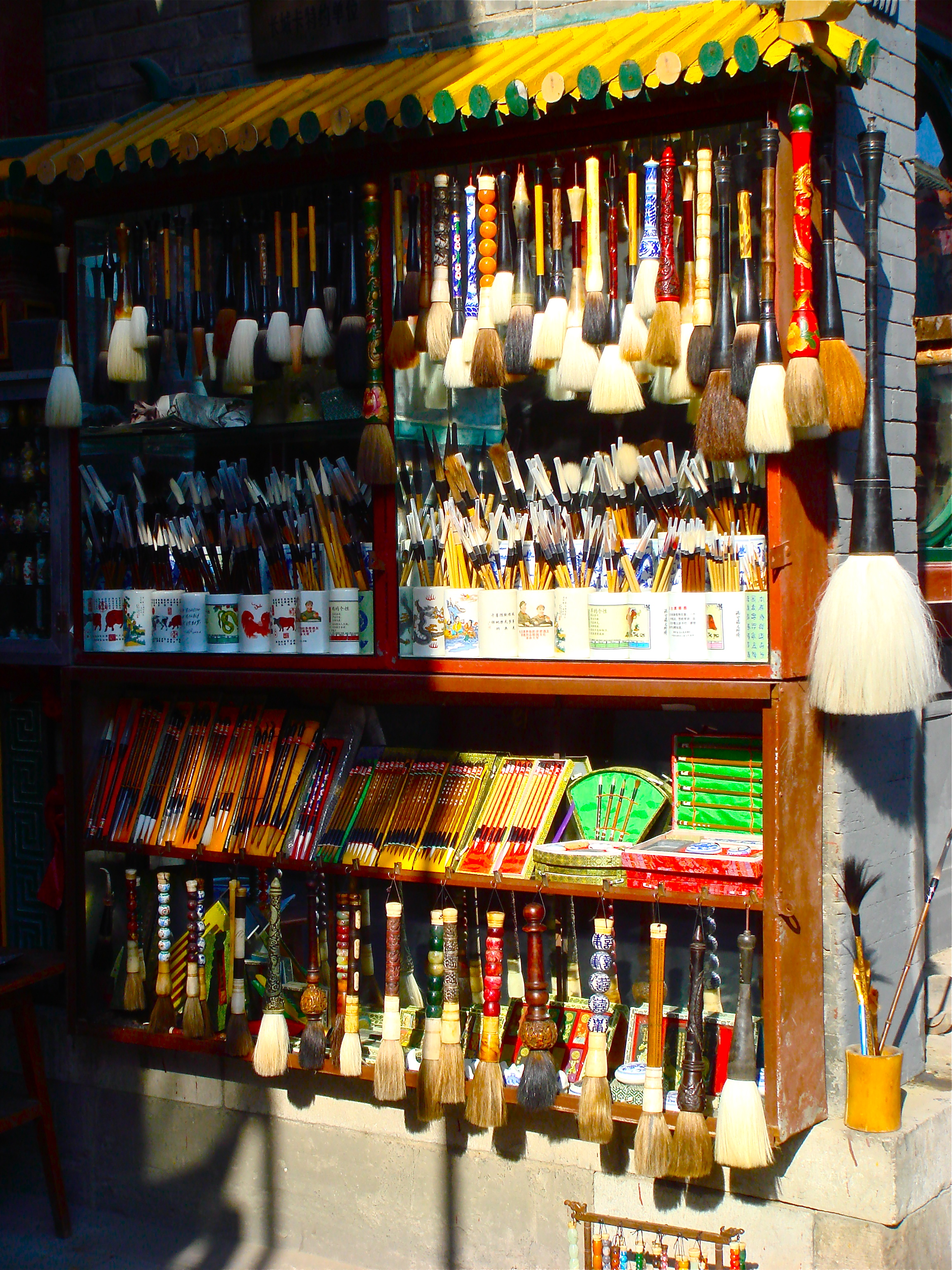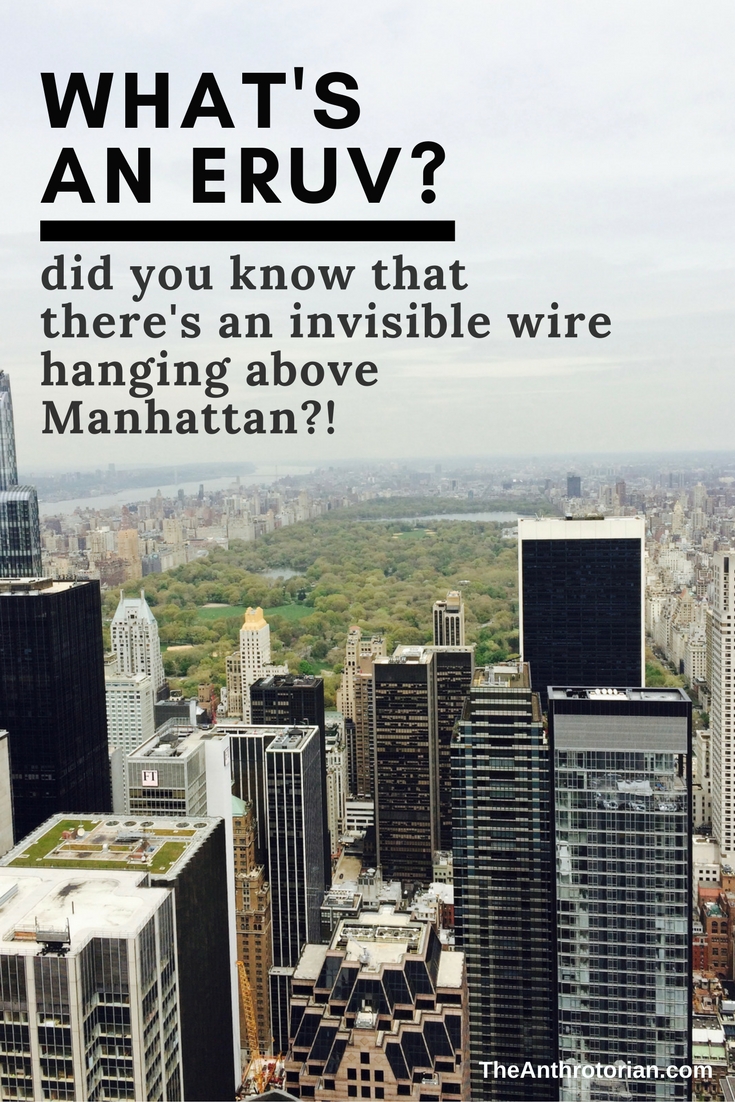For the entire 20 minutes I was in his cab, my driver used the little English he knew to try and convince me to let him take me to a "very good duck restaurant" or the "Forbidden Palace". I patiently responded "No, Shay Shay" (No, thank you) every time. I wasn’t sure if he was trying to get a higher fare out of me or if he was genuinely concerned to be taking me to a place not often visited by tourists.
I had read that the best way to explore the historical hutong’s (narrow alleys) of Beijing was to wander away from the tourist spots, near the city center, where the narrow alleyways crisscrossed east-west across the city.
The enchanting maze of one-story dilapidated dwellings and courtyards are home to a quarter of the city’s population, but that number is dropping as the government continues to knock these historical areas down, determined to cover the city in modern, high-rise buildings.
Reluctantly, my driver pulled to a stop at the end of a wide, pedestrian road, lined with antique stores. I handed him my fare and climbed out of the tiny car, leaving him shouting, "acrobat show?!" behind me in a desperate attempt to get me back in his cab.
I shook my head and smiled, but didn’t turn around, there was too much to look at in front of me.
I was on one of Beijing’s antique streets lined with shops full of old books, paintings, paper and brushes as well as Cultural Revolution kitsch like copies of Mao’s Little Red Book, pins with his face on them, and statues of the now deceased leader.
Though I was intrigued at first, it didn’t take long for me to get annoyed with the pushy salespeople trying to shove their products in my face. This was clearly not the place to window shop. I wasn’t there for shopping though — I was there to explore the hutong.
Ducking through a small archway, I found myself in a deserted, narrow alleyway. Laundry hung on hangers from the overhead power lines and on ropes strung between doorways. Too small for cars to fit down, the alley had bikes and scooters parked sporadically to it’s side. I was a bit surprised to see that nothing was locked up.
Peeking through a doorway, I found myself looking straight into an outhouse. The blue wooden door sagged open and there was about half a roll of toilet paper hung on a nail just outside it (most hutong’s still don’t have plumbing).
Two men sat on stools in another doorway further down the alley, playing chess. They looked up at me surprised when I walked by, I can’t imagine that they get many foreigners walking alone through their neighborhood. I smiled at them, self-consciously slipping my camera into my pocket, and nodded before continuing on my way.
They were the only people that I saw, and after awhile, as the shadows started to get longer, the deserted alleys started to feel dilapidated and even a little eerie.
Just as I was actually starting to get scared, wondering how I was going to get out of the maze with no phone and not knowing a word of Mandarin or Cantonese, I turned a corner and almost stumbled into a busy street.
Letting out the breath that I hadn’t even realized that I was holding, I threw my arm up in the air, and a cab — after careening across three lanes of chaotic traffic to get to me — screeched to a halt beside me.
I gave him the name of my hostel and sat back listening to him offer to take me to Summer Palace and Temple of Heaven instead as we pulled back onto the busy road, leaving the maze of the hutong behind us.






























